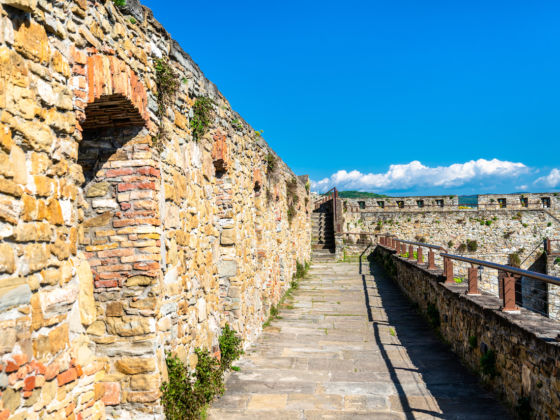Growing up in Ghilarza, I knew I couldn’t spend my entire life in such a small place. Now I happily live in a fast-paced London and I admit that looking back, the reasons that made me leave are the same that make me happy to return each time.
Arriving from the airport, I cross the village and, running alongside my former secondary school, head up Via Nessi, then Via Matteotti. After a while I reach Piazza degli Eroi (Heroes Square), and my house, an old-fashioned building dating back to 1870.
